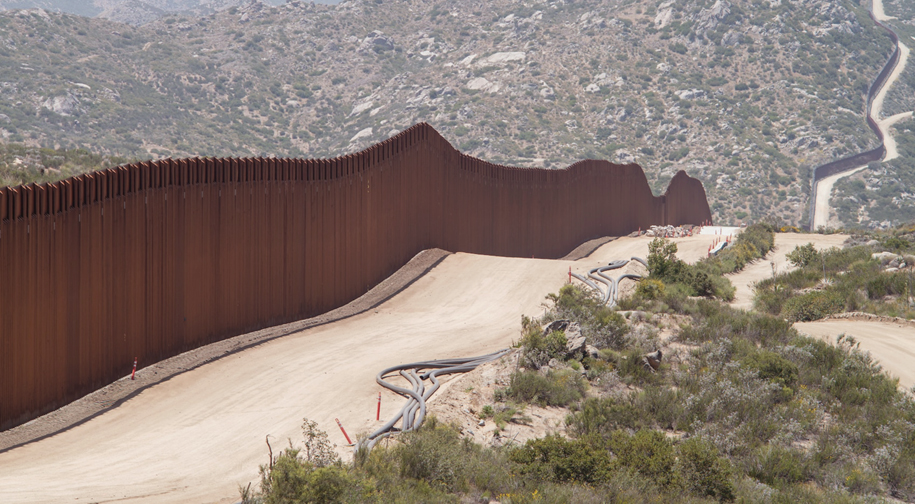The border crisis may be tied to the climate crisis

by Eduardo de la Garza
Brooks County, one of the poorest counties in Texas, sits little more than an hour away from the Mexican border. Southwest of Corpus Christi, Brooks County is home to Falfurrias, with a population just less than 4,800. Less than 10 percent of the county is considered farmable and much of the area is dry, brushy, and sandy. It’s also one of the busiest areas for undocumented immigration in the United States.
Attempting to avoid apprehension by the Border Patrol, Mexican immigrants attempt to walk around Falfurrias through flat, dry terrain. Many don’t make it; more than 2,000 immigrants have died in Brooks County since 2008. It’s believed that roughly 80 percent of those dead bodies will never be found.
That’s the setting for Missing in Brooks County, a 2021 documentary, screening at 4:30 p.m. April 1 at the Houston Climate Justice Museum & Cultural Center. Co-directed by Jeff Bemiss and Lisa Molomot, the documentary focuses on two families trying to locate their relatives while humanitarians and scientists sift through forensic evidence to reunite the deceased with their loved ones. A panel discussion featuring documentary participants — Eddie Canales, who opened the South Texas Human Rights Center in Falfurrias and is the only humanitarian helping migrants in the area; Dr. Kate Spradley, a biological anthropologist at Texas State University doing the work of identifying bodies found in mass graves; and Omar Roman and Michelle Chinos, who went to Brooks County in search of Omar’s brother — will follow the screening.
“The film is important because it highlights the ongoing humanitarian crisis at the southern border, where undocumented migrants frequently die in harsh conditions in their attempts to cross the border,†said Aaron Ambroso, co-founder of the Houston Climate Justice Museum & Cultural Center.
The film is also part of an exhibit at the Center that addresses how the climate crisis affects everyone. “This screening is part of a larger project we are working on called Climate Migration, that looks at how climate change is causing displacement, travel, and creation of new homes for people, plants, and animals,†Ambroso said. “We know that climate change is set to create a massive and tragic refugee crisis in the near future, so can we both better understand how climate change causes displacement and foster care for those affected?â€
The 2022 UN Intergovernmental Panel on Climate Change (IPCC) report stated “the cumulative scientific evidence is unequivocal: Climate change is a threat to human well-being and planetary health.†The IPCC is a UN intergovernmental body charged with advancing scientific knowledge about anthropogenic climate change. It’s not just increased severity of hurricanes, raging wildfires in California, or tornadoes in Mississippi. Climate change could make working in fields intolerable and force people to move north. It’s not just the idea of achieving the American dream — it’s migrating because you have to.
“Climate change causes displacement through supercharged storms, drought, extreme temperatures, and rising sea levels,†Ambroso said. “But anthropogenic environmental change also causes displacement: nitrogen runoff creates ocean dead zones that force fishermen in Mexico to migrate; dams in California disrupt the migration of salmon out to sea.â€
The border crisis is primarily the result of U.S. policy. Implemented in 1994, Prevention Through Deterrence intended to dissuade undocumented migration by forcing migrants to cross through more treacherous terrain. It’s a non-party issue because that policy’s continued through Democrat and Republican administrations for almost 30 years.
In some cases, the policy means migrants have to cross through desert, Ambroso said. “A consequence of this is that hundreds of undocumented migrants die or go missing on the southern border every year,†he said.
The screening at the Center does two things. One, it shows in stark detail what it means for a family to lose their loved one in a foreign country that treats them as nameless bodies, or worse, numbers. Two — through the Climate Migration exhibit, it shows that there’s a deeper cause to the crisis. The climate crisis might cause Americans to migrate farther north to Canada … and their government might implement their own harsh policies.